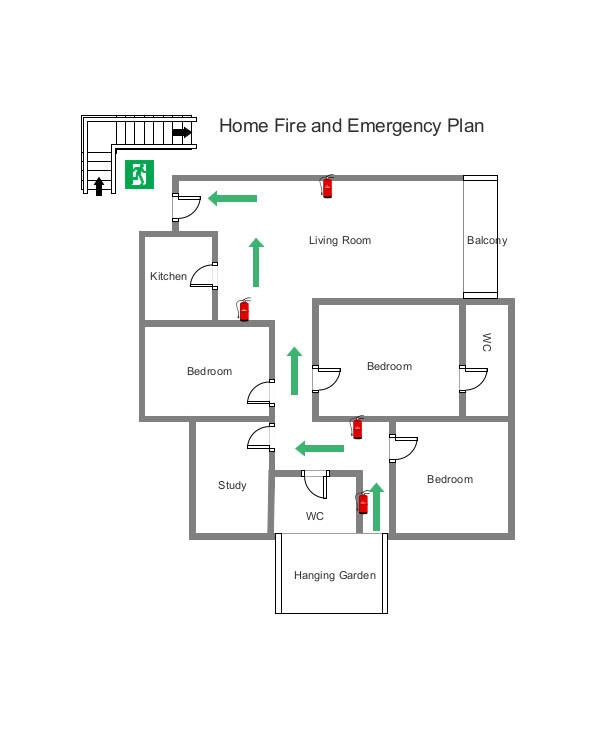Emergencies can happen at any time, and it’s important to be prepared. Having a personal emergency evacuation plan in place can help ensure your safety and the safety of your loved ones in the event of a disaster. By creating a plan and practicing it regularly, you can be better equipped to handle emergencies and evacuate quickly and efficiently.
When creating your personal emergency evacuation plan, consider the following key components:
1. Identify Potential Risks: Start by identifying the potential risks in your area, such as natural disasters, fires, or other emergencies. Understanding the specific risks you may face can help you tailor your evacuation plan to address these threats.
2. Establish Evacuation Routes: Determine primary and secondary evacuation routes from your home, workplace, and any other locations you frequent. Make sure everyone in your household is familiar with these routes and knows where to meet in case of evacuation.
3. Create a Communication Plan: Establish a communication plan with your family members or roommates in case you are separated during an evacuation. Designate an out-of-state contact person that everyone can check in with to provide updates on their whereabouts and safety.
4. Prepare an Emergency Kit: Assemble an emergency kit with essential items such as water, non-perishable food, first aid supplies, flashlights, batteries, and important documents. Keep this kit in an easily accessible location and make sure everyone knows where it is.
5. Practice Regularly: Review and practice your evacuation plan regularly with your household members. Conduct drills to ensure everyone knows what to do in case of an emergency and make any necessary adjustments to your plan based on feedback.
In conclusion, having a personal emergency evacuation plan in place is crucial for your safety and the safety of your loved ones. By following the template outlined above and customizing it to fit your specific needs, you can be better prepared to handle emergencies and evacuate quickly and efficiently. Remember to stay informed about potential risks in your area and update your plan as needed to ensure your readiness for any situation.
